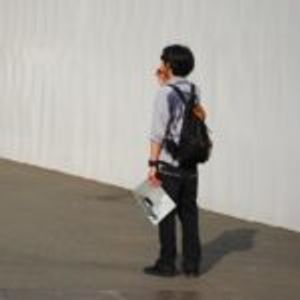PHOTOGRAPHERHAL is a photographer who wraps his subjects with love. His series Flesh Love, in which he encloses his subjects in vacuum-packed bags used for storing Japanese futons, is being appreciated abroad, and he receives messages from fans asking to have their photo taken from across the globe.
In June, the photographer held his latest photo exhibition, entitled Ayarl. He showed photos of his wife and newborn baby— a different expression of love from his body of work. We go deep with the photographer to better understand the process of his work, and the origin of his ideas.
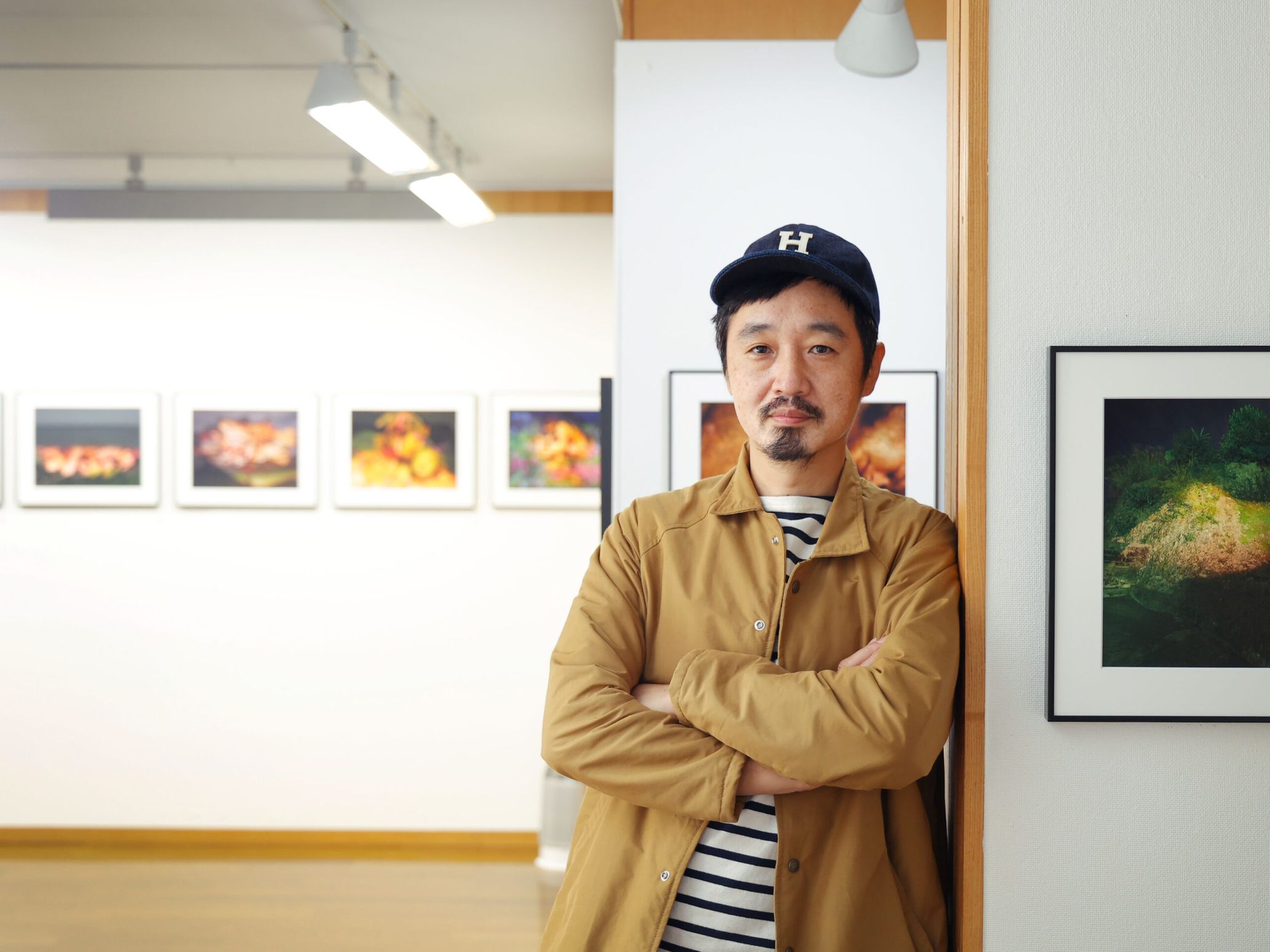
PHOTOGRAPHERHAL
PHOTOGRAPHERHAL is a photographer born in 1971 in Tokyo. He began taking photos of couples in 2004. Notable exhibitions include Couple Jam (2009), Flesh Love (2011), Yoko (2019), Washing Machine (2021), and Ayarl (2022).
Instagram:@photographerhal
Instead of quitting because one mistake could be fatal, PHOTOGRAPHERHAL tries to reduce risks Reducing risks rather than giving up
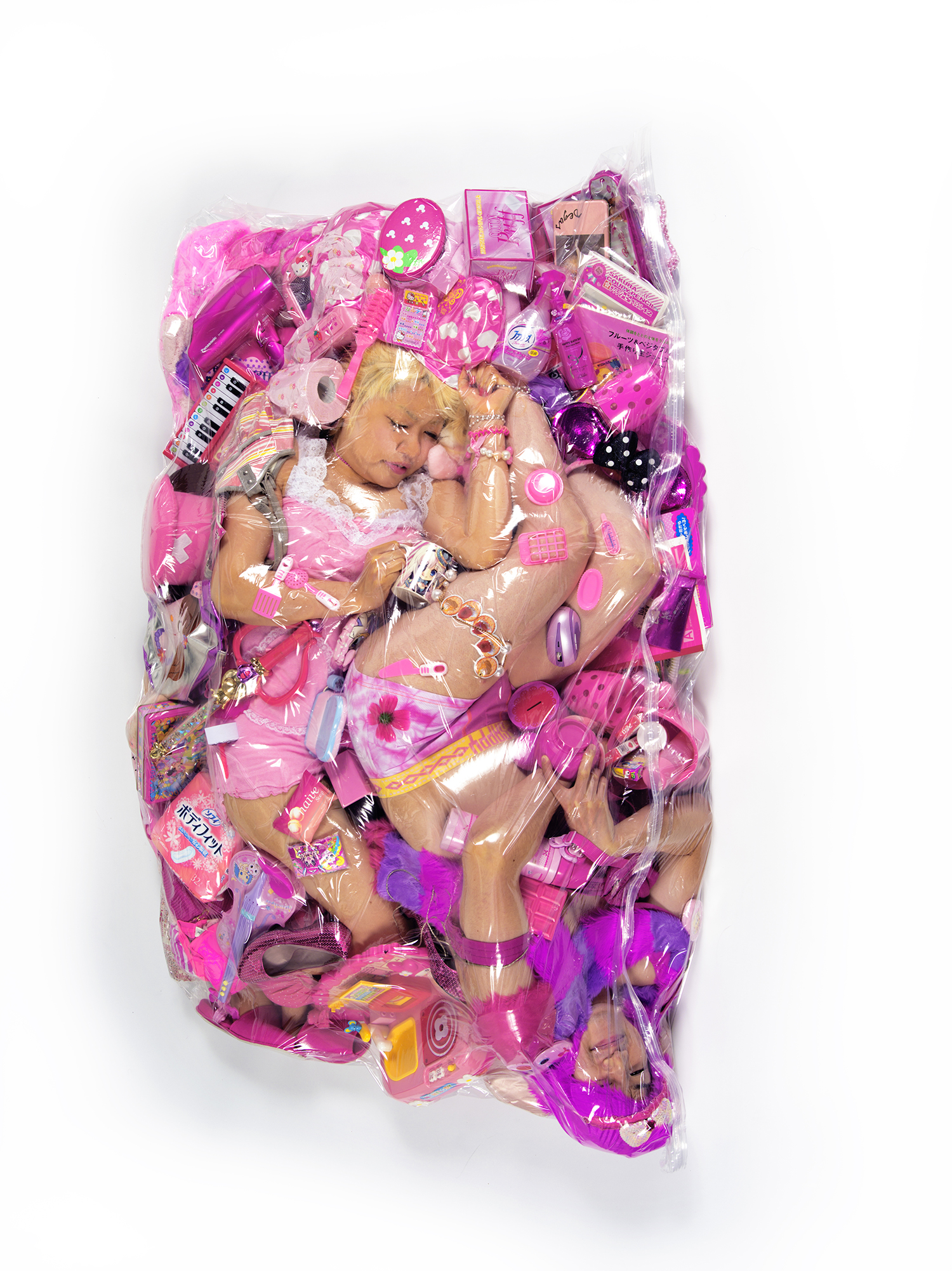

From the photo book, Zatsuran (2014)
——You’re known for your vacuum-packed photographs. How did you come up with that idea?
PHOTOGRAPHERHAL: When I was taking photos for Couple Jam (a photo book comprised of couples hugging each other in the bathtub) in 2009, I began to wonder if there was a way for people to get even closer than being in a bathtub. I wanted to use something we’re all familiar with, not special photography equipment. Vacuum-sealed bags for storing futons came to mind, and when I tested one, I was like, “This is amazing!”
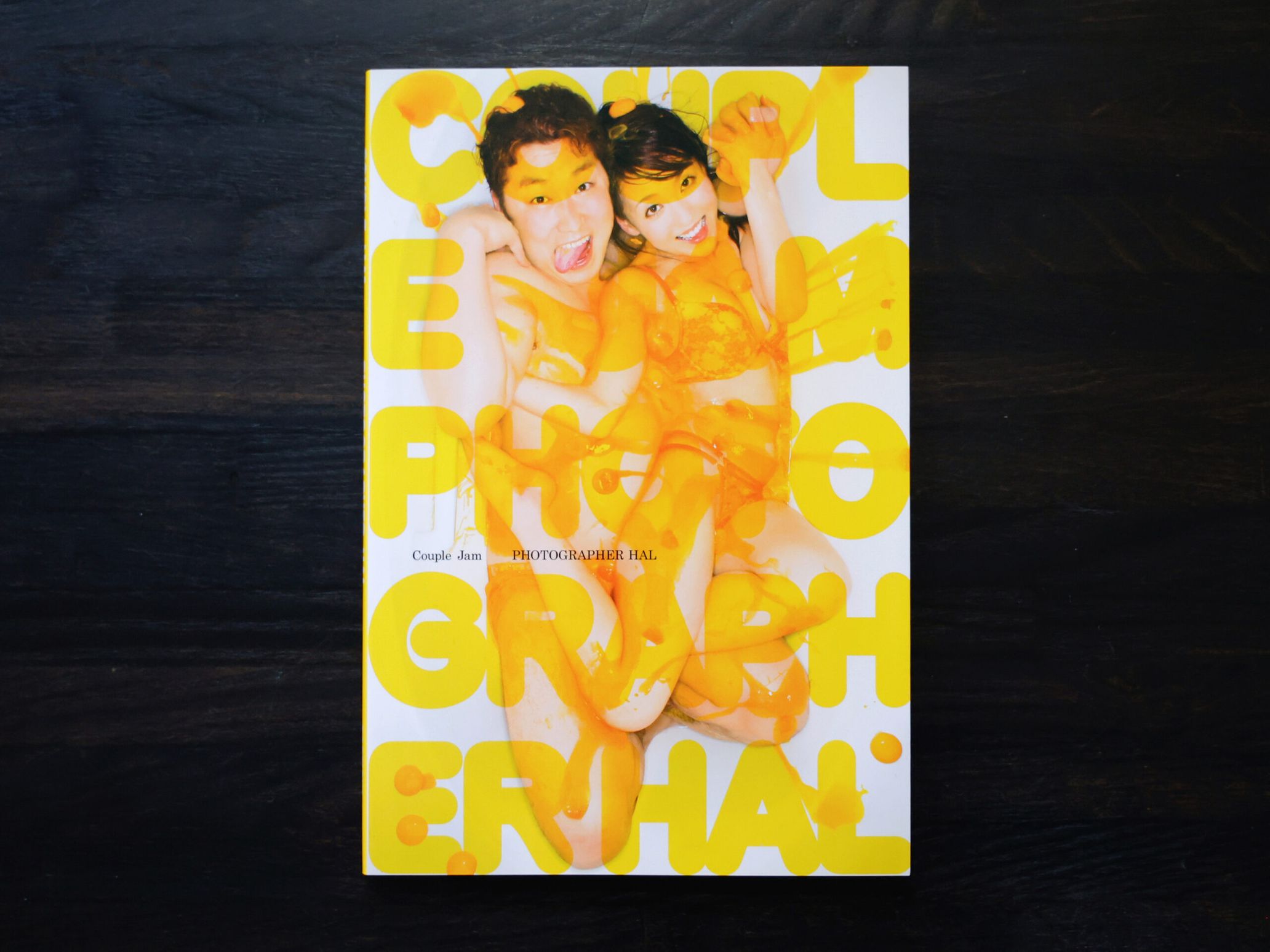
Couple Jam (2009)
——Did that idea come to you quickly?
HAL: Whenever I’m working on a project, ideas for the next one come to me naturally. I tried out some other things while taking vacuum-packed photos, but nothing was better. I came up with the idea behind Washing Machine [a solo exhibition held in 2021] during that time, but I couldn’t execute it well. Usually when that happens, I save the idea for later and try my hand again after a couple of years. Some turn out well. At first, I couldn’t take good photos of vacuum-packed places, like the ones that appear in 2016’s Flesh Love Returns, but once I returned to the idea after taking a lot of other vacuum-packed photos, I was able to create this story about two people in their own space in the outside world.

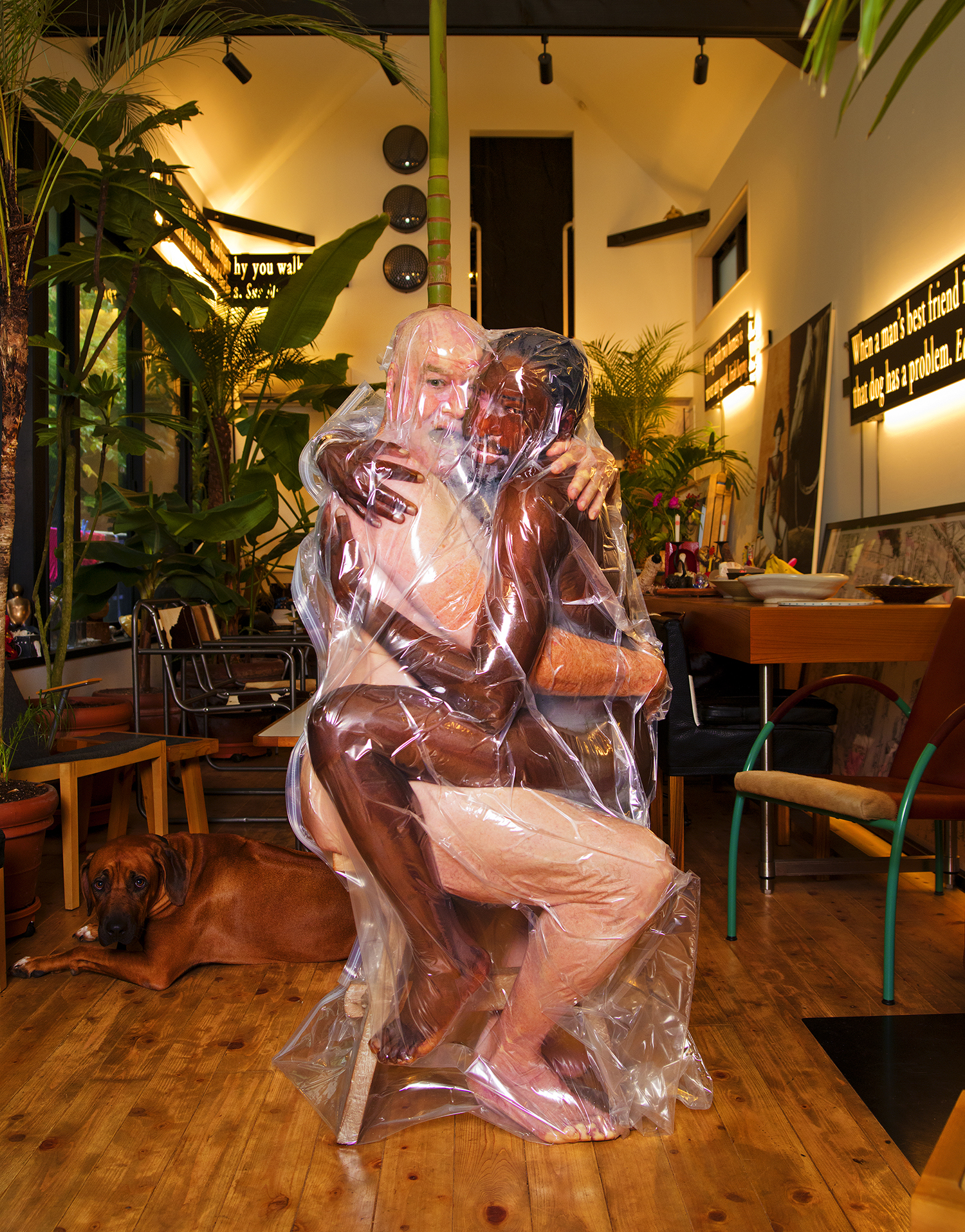
Flesh Love Returns (2016)
——You vacuum-sealed entire buildings in Flesh Love Returns.
HAL: What I want to say with wrapping buildings is that we’re all a part of society.
——How did you wrap them?
HAL: I can’t actually vacuum-pack buildings, so I would wait first for the plastic sheet to stick, then take the photo. That way, it would cling to the building without me having to suck the air out. But whenever the wind’s blowing in the wrong direction, the sheet could puff up like a balloon, since it’s not tight enough. I’ve wasted a whole day because the wind wasn’t in my favor before. The ideal setting is when the wind’s blowing gently from behind me.
——How did you make the sheets?
HAL: By myself (laughs). I attached different sheets used for interior construction with this type of glue that melts polypropylene. I did everything, from measuring the house to covering it with a sheet.
——No way! You covered the houses by yourself? I completely assumed you had an architect in your crew.
HAL: I had a team of about five people, but I only had my assistants on set. I put on a harness to climb the roof and did everything alone. I watched videos on how to repair roof leaks on YouTube and learned how to climb and do rooftop work.
——Didn’t you think it was dangerous? And scary?
HAL: I didn’t know what was risky and what wasn’t at first. So I was putting myself in danger before I knew it. And instead of thinking, “If I slip, I might die” and giving up there, I thought, “How can I reduce the risks?”
——Among the those you took are photos of elderly couples. Was it hard to make them understand your concept?
HAL: You’re referring to my parents and my wife’s parents. I shot my in-laws shortly after my wife and I got married. Since they’re potters and generally understand what I’m going for, when I told them “I want to express love!” they welcomed the concept with open arms. My parents, on the other hand, didn’t understand and rejected the idea, saying it was gross when I showed them my photo book. But after they saw how my in-laws accepted it, my parents thought there was no choice but for them to do it too.
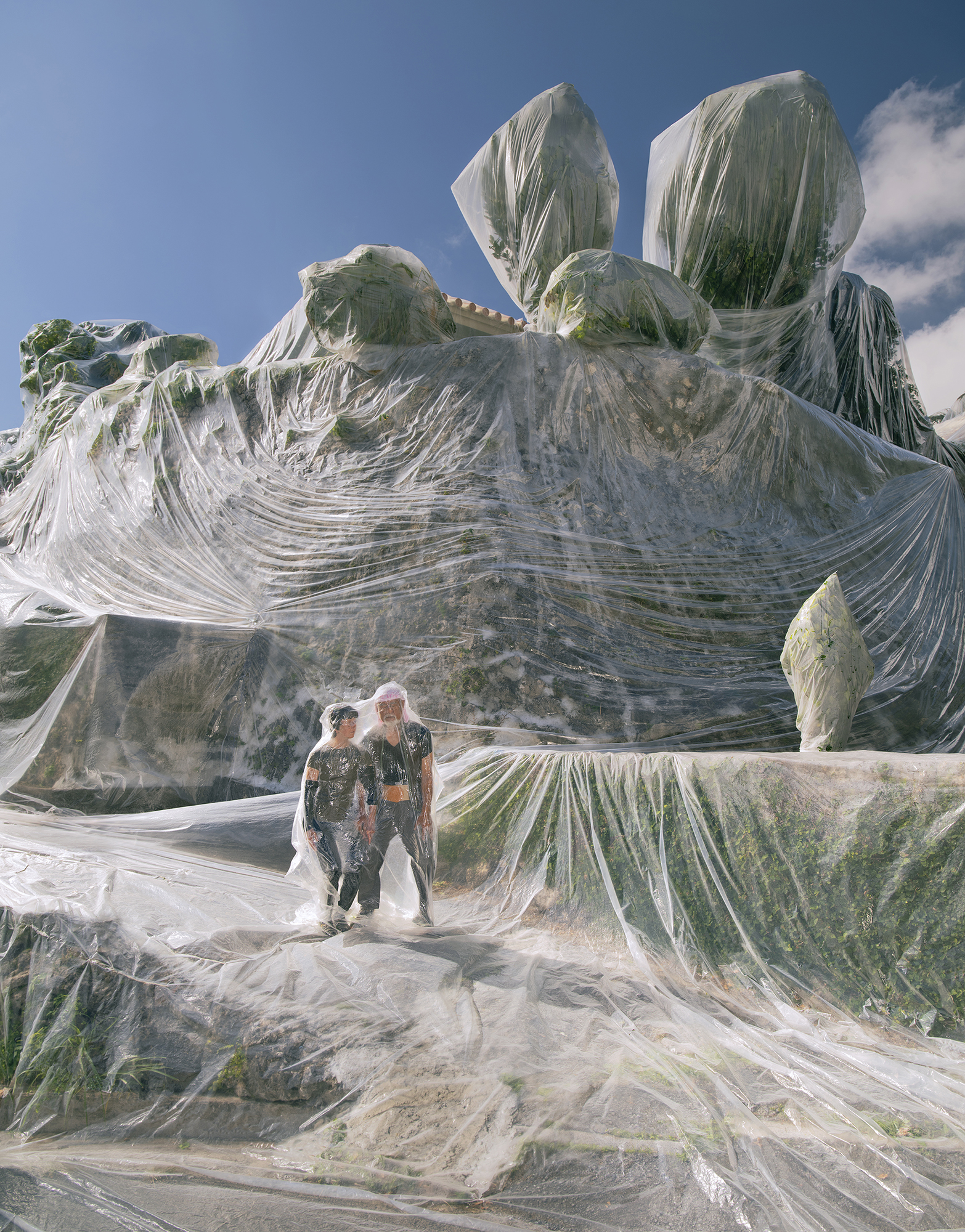
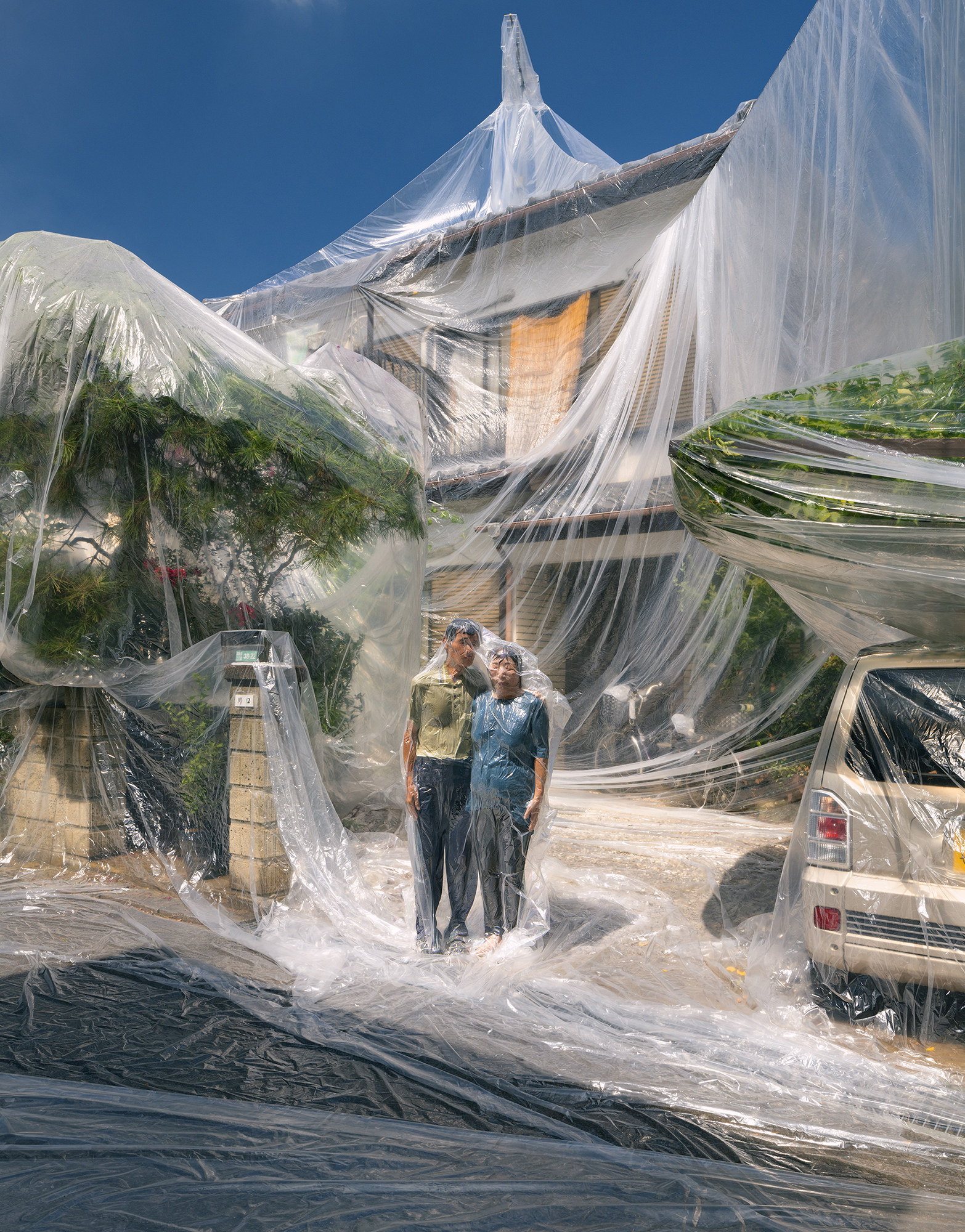
From the series Flesh Love All
“I felt I could evolve in my own way if I took advertising photos and photos for myself”
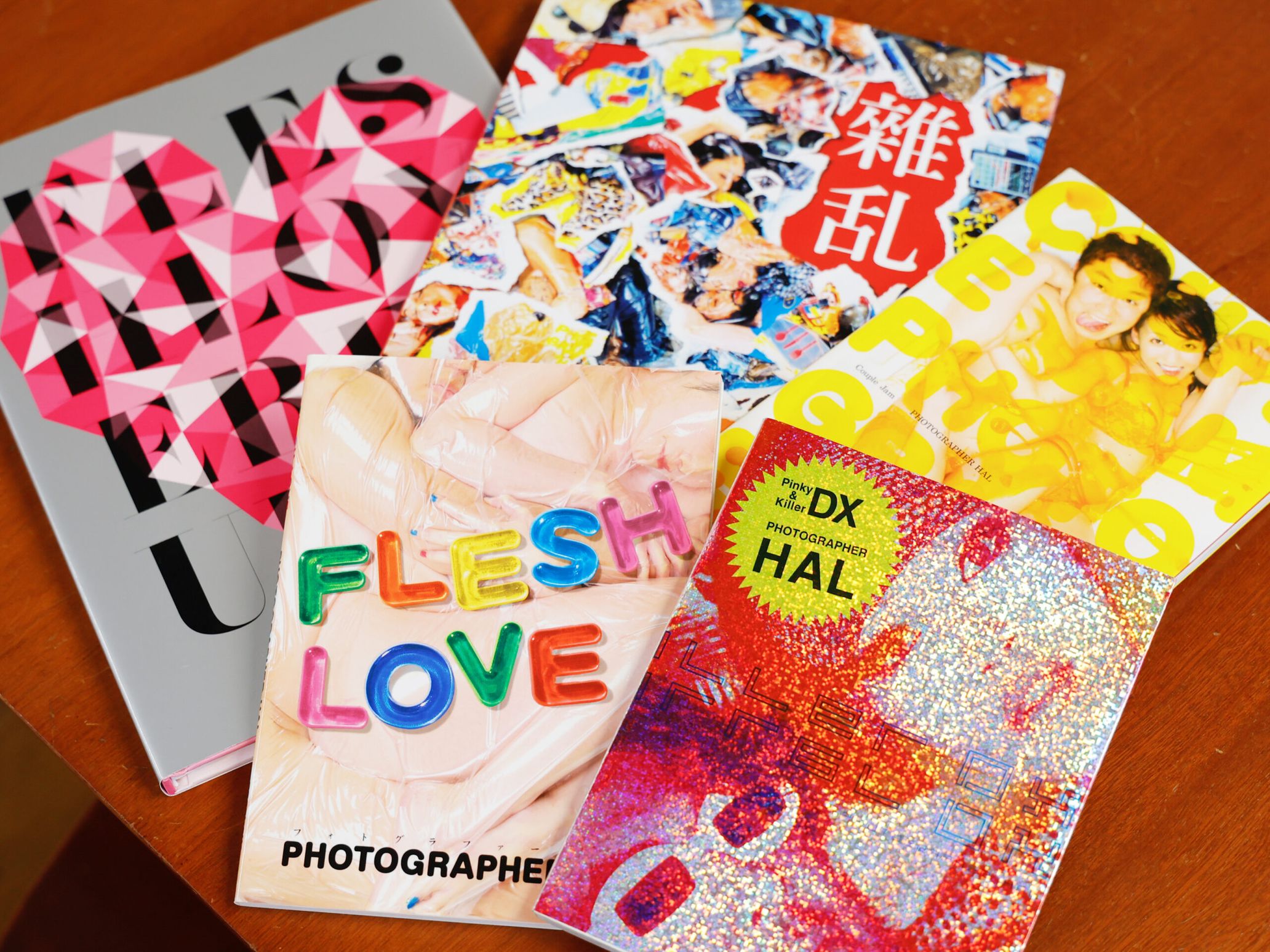
Photo books PHOTOGRAPHERHAL has published thus far
——What would you say your photographic origins are?
HAL: I started taking photos in college when I was a backpacker to document my trips. I then got immersed in photography and learned a lot from joining in a public workshop hosted by a vocational school. I took a liking to photos that captured the city graphically, like those by Daido Moriyama-san. From then on, I began shooting outside of my travels. After graduating from school, I became an advertising production assistant and gained some experience doing that. I eventually started shooting advertisements myself.
——Considering your body of work, I didn’t expect you to start your career with advertising photography.
HAL: I took photos for work and also for myself. I took photos to build my portfolio with hair and makeup artists and stylists. That was how I started shooting couples in each other’s arms at clubs. I shot at places like Aoi Heya in Shibuya run by Masako Togawa-san. Because I had to work during the day for the production company, I could only shoot at night. I liked going out, so taking photos at the club was perfect for me.
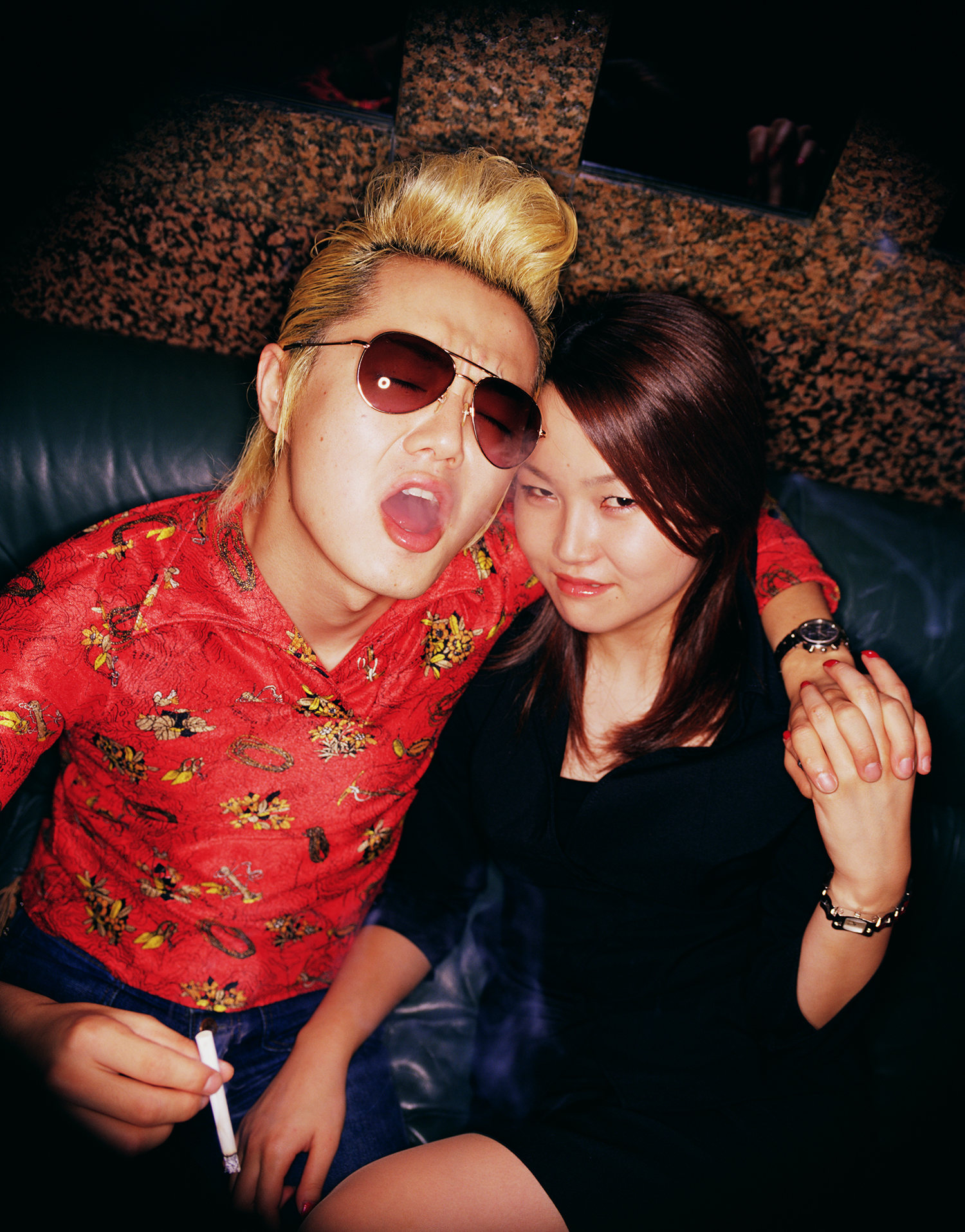
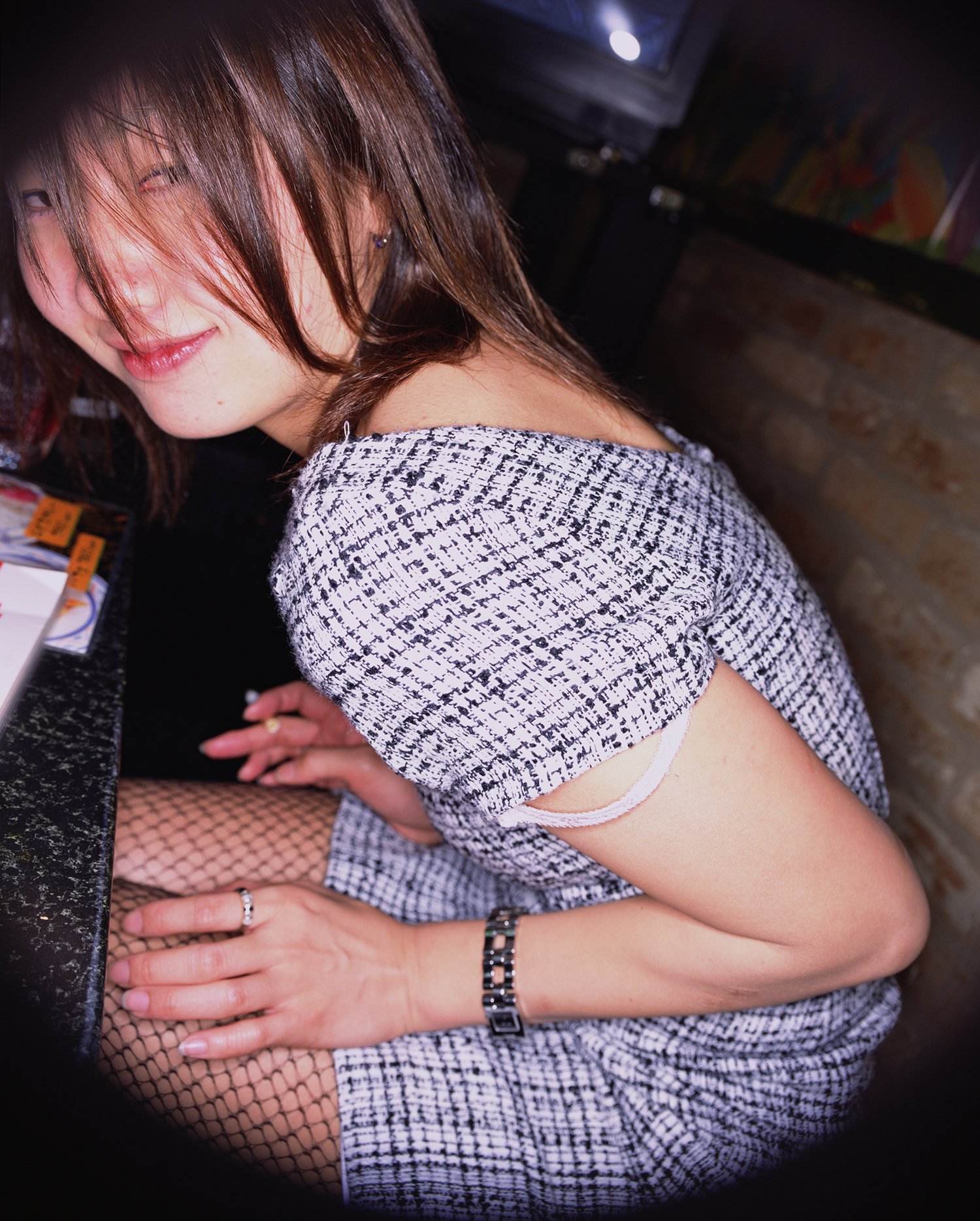
From photo book Pinky & Killer (2004)
——Advertising photography was your day job, but did you want to eventually only shoot personal work?
HAL: Not necessarily. Some of my seniors only took advertising photos while others were holding solo exhibitions; people held different attitudes about it. I felt I could evolve in my own way if I took advertising photos and photos for myself at the same time.
——Did you continue working at the company for a while?
HAL: I worked at the production company for two decades. I still sometimes get asked to take photos as a freelance photographer.
——Were you still an employee at the company when you started your vacuum-sealed series?
HAL: Yeah. I went overseas on my paid vacation days. I quit working at the company because I started going overseas more and more and didn’t have enough paid vacations left. I had to choose one over the other, but it wasn’t like I left because I didn’t enjoy working there. I would’ve been happy to stay at the company forever.
——Change of topic: you go by PHOTOGRAPHERHAL instead of just Hal. Why is that?
HAL: When I first made a photo book on my own, I tried to use my real name on the cover, but it didn’t have that punch to it. So, I came up with PHOTOGRAPHERHAL, much like a DJ when they call themselves DJ so-and-so. There was a space between PHOTOGRAPHER and HAL at first, but abroad, that would read as Hal the Photographer, so I got rid of the space and changed it to PHOTOGRAPHERHAL. It sounds like Pro Golfer Saru, the manga (laughs).
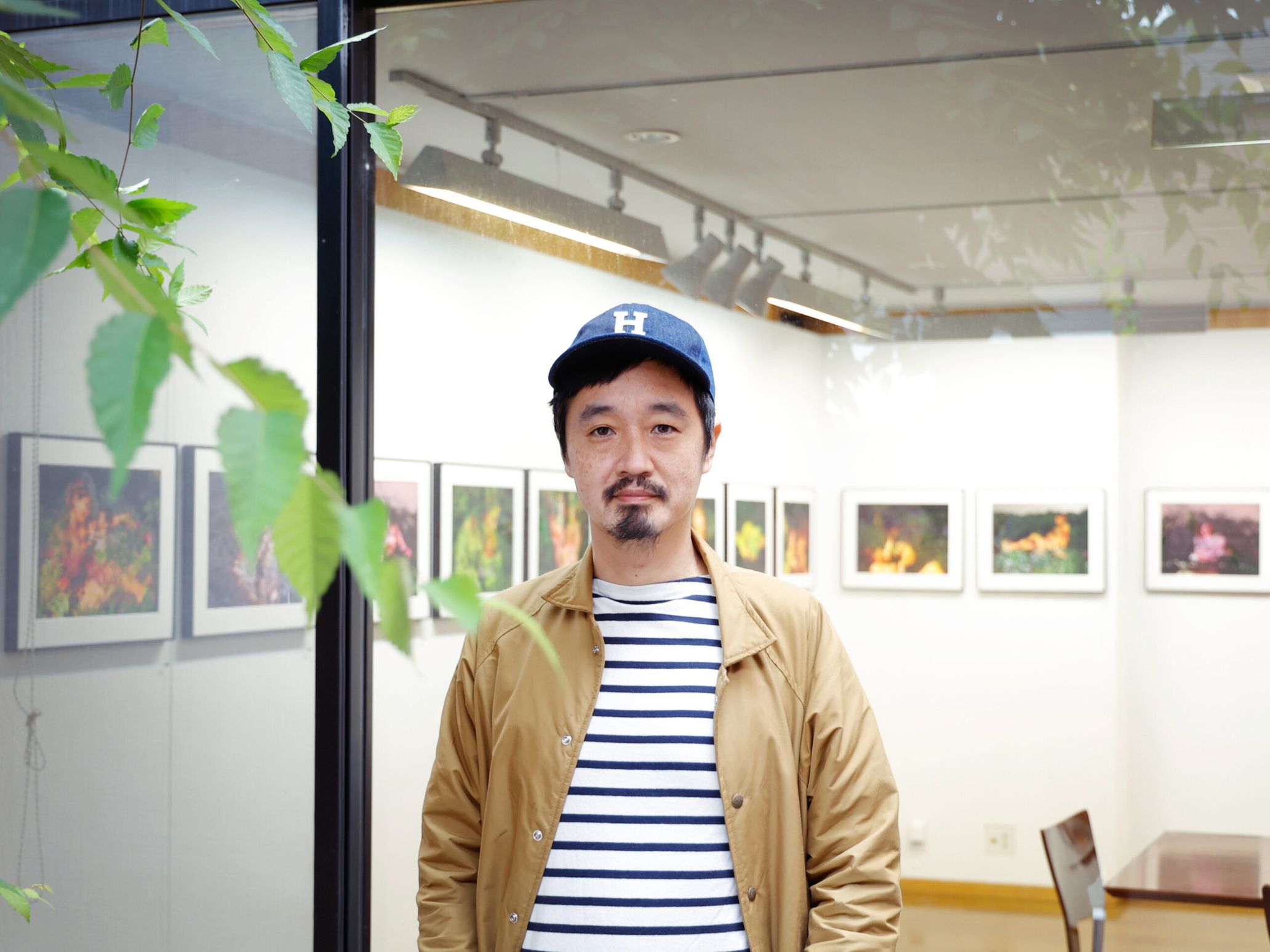
The trend of tourists wanting their photos taken by PHOTOGRAPHERHAL
——Speaking of going abroad, your work is also popular outside of Japan. What was the impetus for that?
HAL: There’s an annual international photo exhibition called Paris Photo. They highlighted Japanese photography in 2008, and there I showed Pinky & Killer DX [a collection of photos of couples in each other’s arms at clubs]. Someone working for Paris Photo had been looking for Japanese photographers, and they went to Tosei-Sha, the gallery that published my work, and one of the photobooks the owner handed to them was mine.
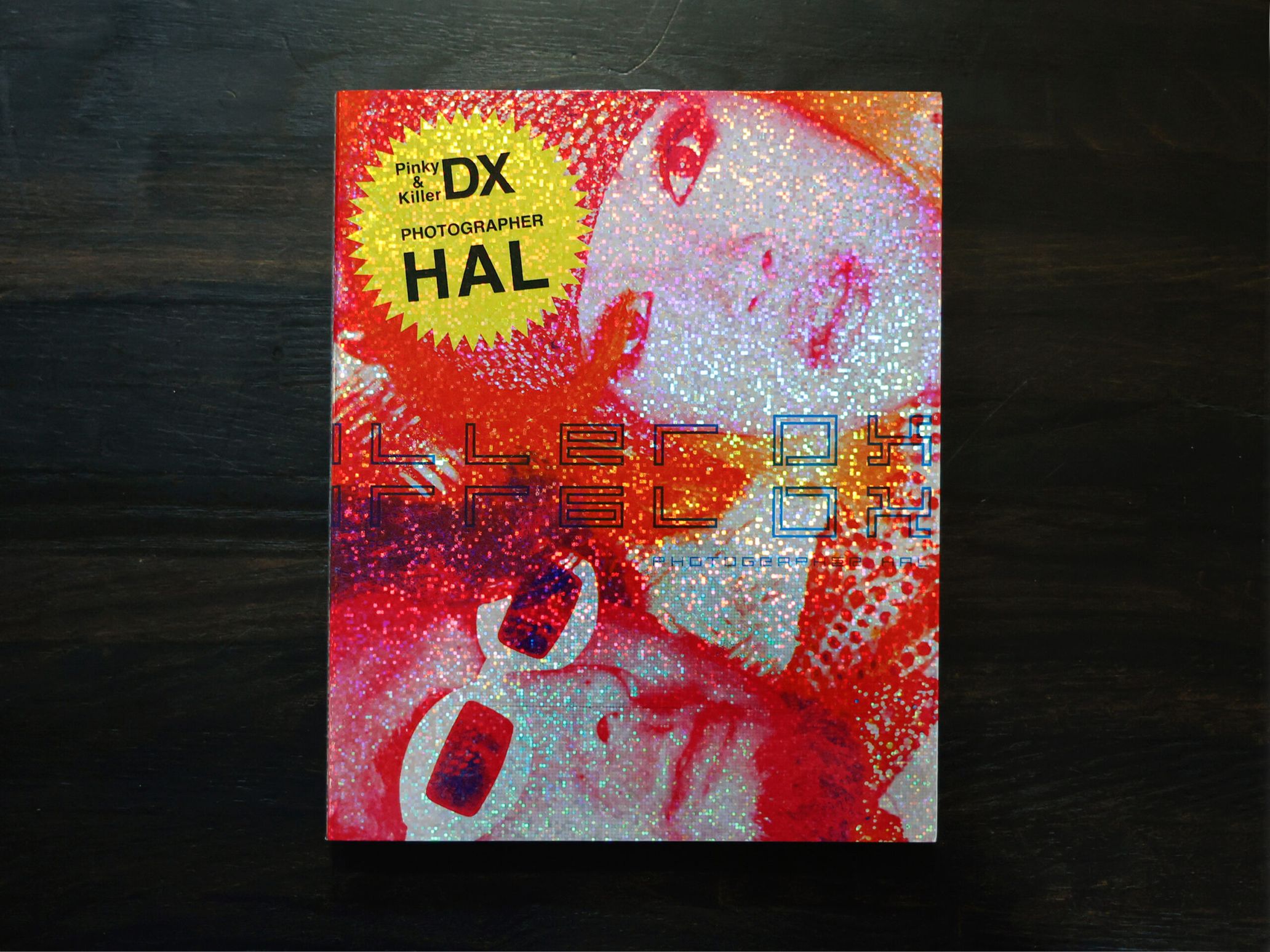
Pinky & Killer DX (2007)
——Colette started carrying your photo book thanks to Paris Photo, right?
HAL: Yes. Sarah of Colette liked it and thought it was cool, so Colette started selling Pinky & Killer DX. They sold other works of mine after that. Thanks to Paris Photo, my photography became known.
——You take photos of many different subjects. What do people abroad latch onto?
HAL: The vacuum-packed series. It seems many people don’t know how I take the photos.
——Perhaps that’s because they don’t sell futon bags overseas.
HAL: Right. They do have something similar used for fetishes, though (laughs). I think they have it in Europe. But my work isn’t associated with that.
——How do you shoot abroad?
HAL: When I go abroad for events, I bring my gear with me so I can shoot whenever. I sometimes befriend people, and they tell me they want their picture taken, or that they know a couple who wants theirs taken. I also get a lot of DMs from people abroad. A couple came from Germany because they wanted to be shot by me. Someone once contacted me saying they were visiting Japan and wanted me to shoot them. Apparently, for a while, it was trendy among tourists to get their picture taken by me once they came to Tokyo (laughs).
——Do you plan to show your work at events outside the country?
HAL: I have plans to show the Flesh Love All series in Munich next year. I haven’t been able to take photos of vacuum-packed houses since my last exhibition, and the staff in Munich said they want to take a behind-the-scenes video, so I want to take more photos this year. So far I’ve shot modern houses, so I want to shoot kominka, [an old Japanese-style house] unique to Japan.
Vacuum-packed love is like a mother holding her baby
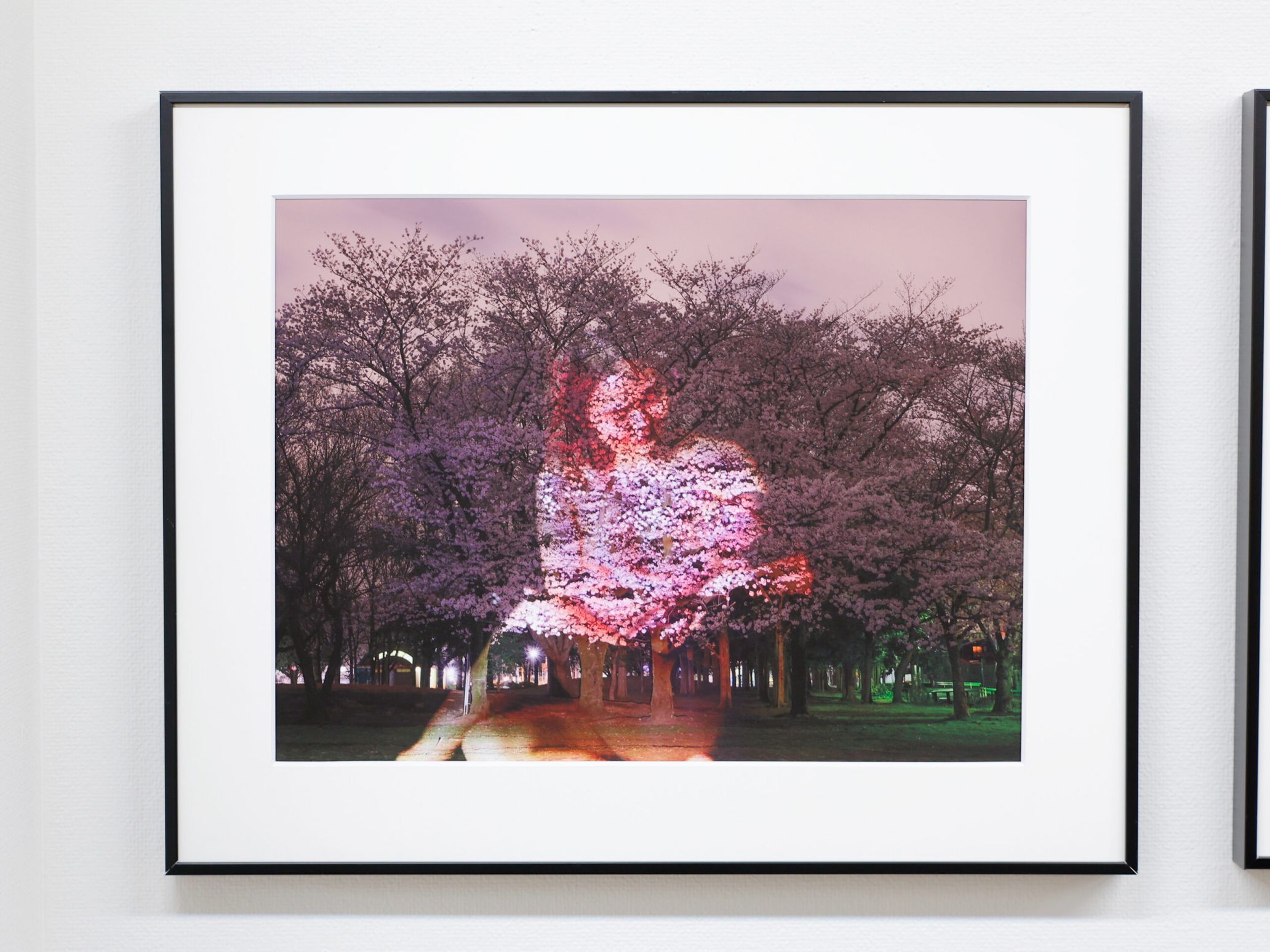

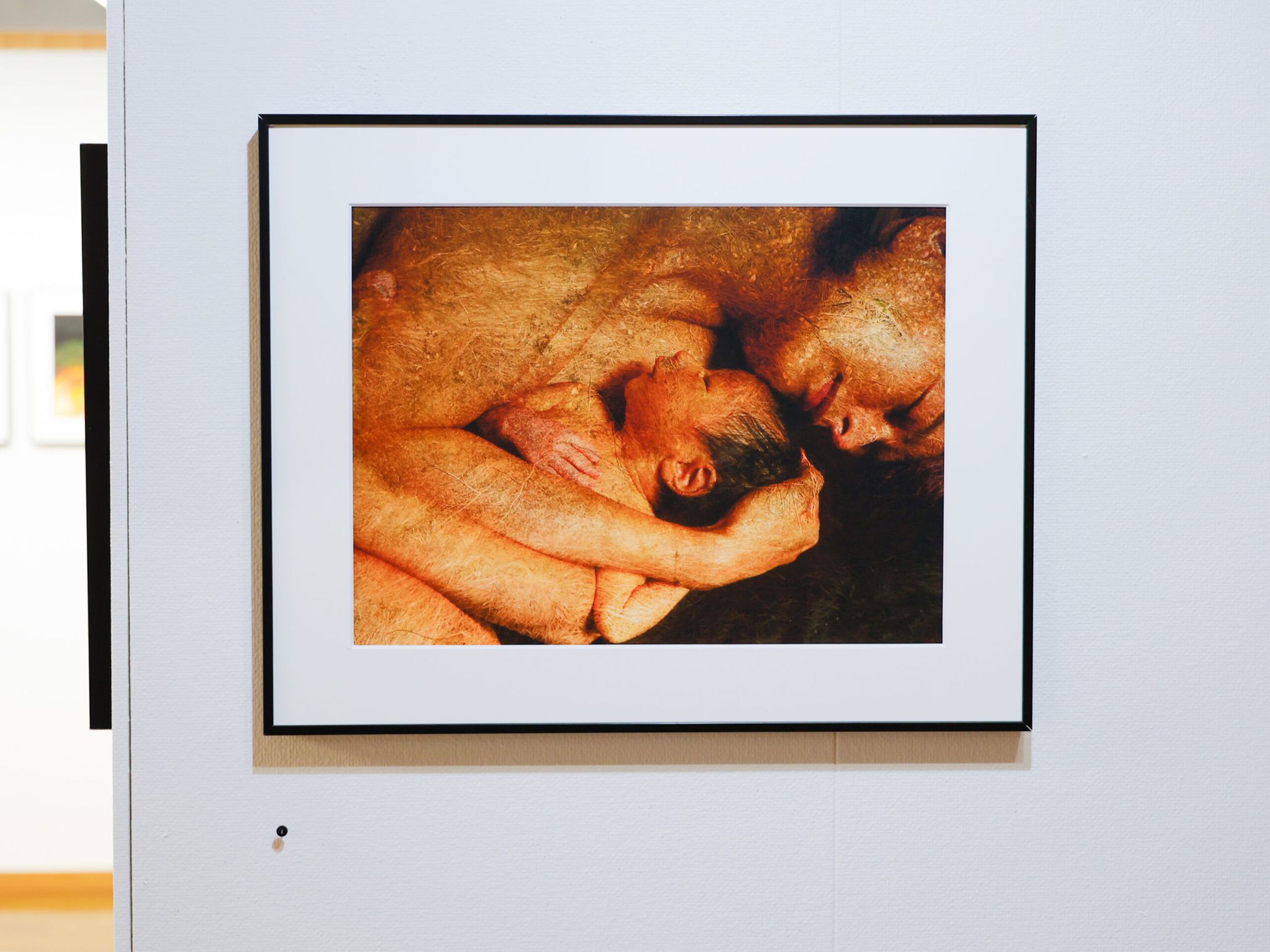

——Your latest work, Ayarl, is quite different from your past work.
HAL: At first, I took photos of love in the form of two people being together at the club. The shape of love [in my photos] has been changing since then. My latest work is about loving another person. I had a kid this January, and now I feel that my wife radiates this grandness, a warm kindness. I wanted to take photos in which a mother and the background become one, and went with the theme of a mother’s love. I didn’t do any vacuum-packing, but I feel like a mother holding her child and vacuum-packing are the same. So as a series, there’s continuity.
——How did you shoot the images?
HAL: I decided not to disclose the photographic techniques I used. I’m sure some people can tell right away when they look at the photos, but I want them to look at the complete product and feel something. It was a sensorial experience, trying to find the sweet spot between the mother and the background. There weren’t many, but there were moments when my wife and the background were in sync.
——You mentioned how you think of ideas for your next project while still doing work on your current one. What do you want to shoot next?
HAL: It’s still vague, but I think the relationship between a mother and her son is fascinating. Parents and kids of a different gender probably go through many stages. Once a son reaches an age where they’re aware of their surroundings, they start to be cognizant of other genders. Mothers then go from viewing the son as a cute boy to something else. Because I’m the father, I won’t be able to hold and rub my cheeks against my child as my wife does. So, I’d like to take a step back and continue Keep taking photos.
——Do you think you’ll ever vacuum-seal your wife and child?
HAL: It depends on whether my child says they want to do it once they can express their thoughts. If they want to do it, I’d definitely do it (laughs).
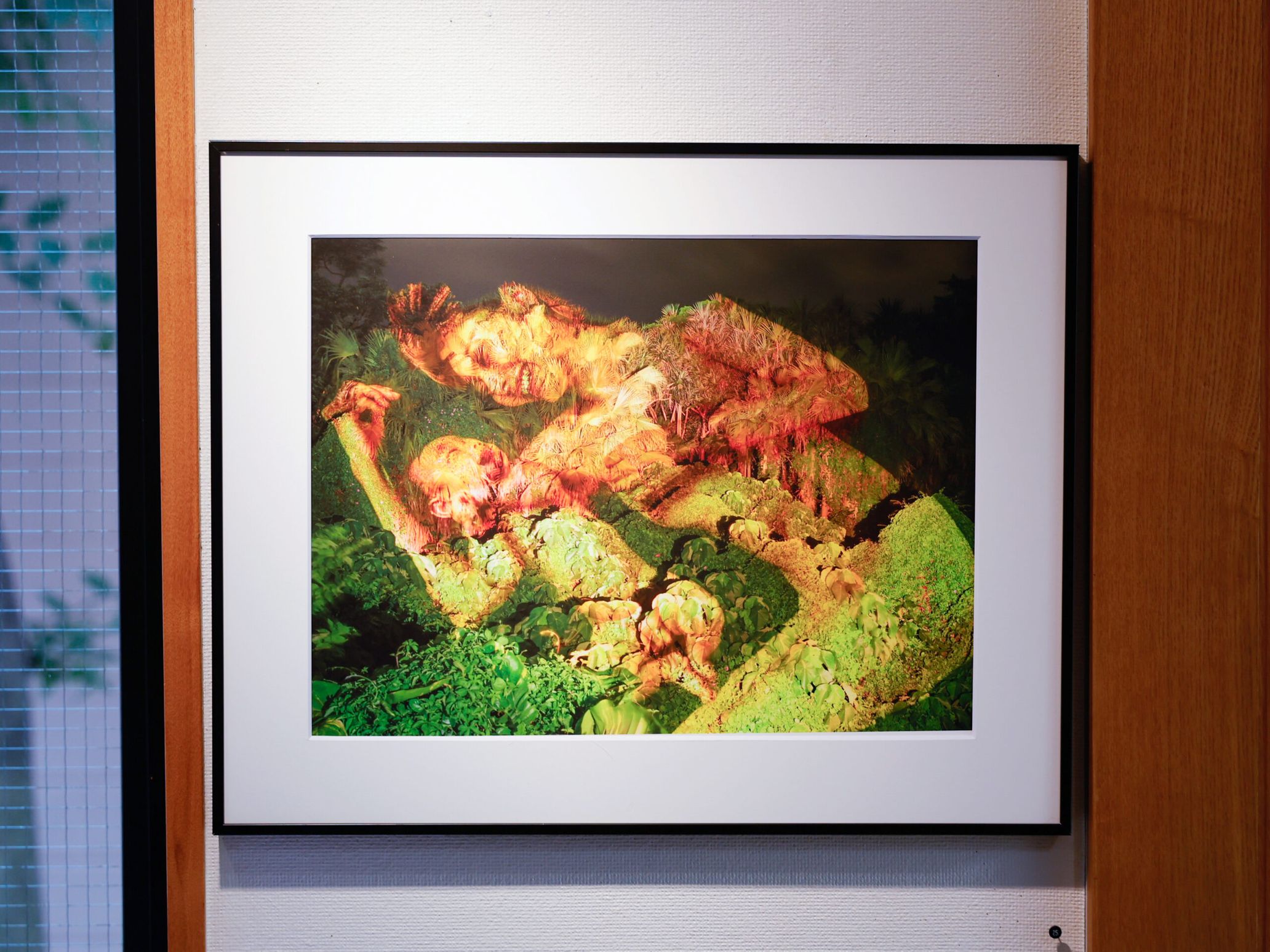
Photography Shinpo Kimura
Text Kango Shimoda

